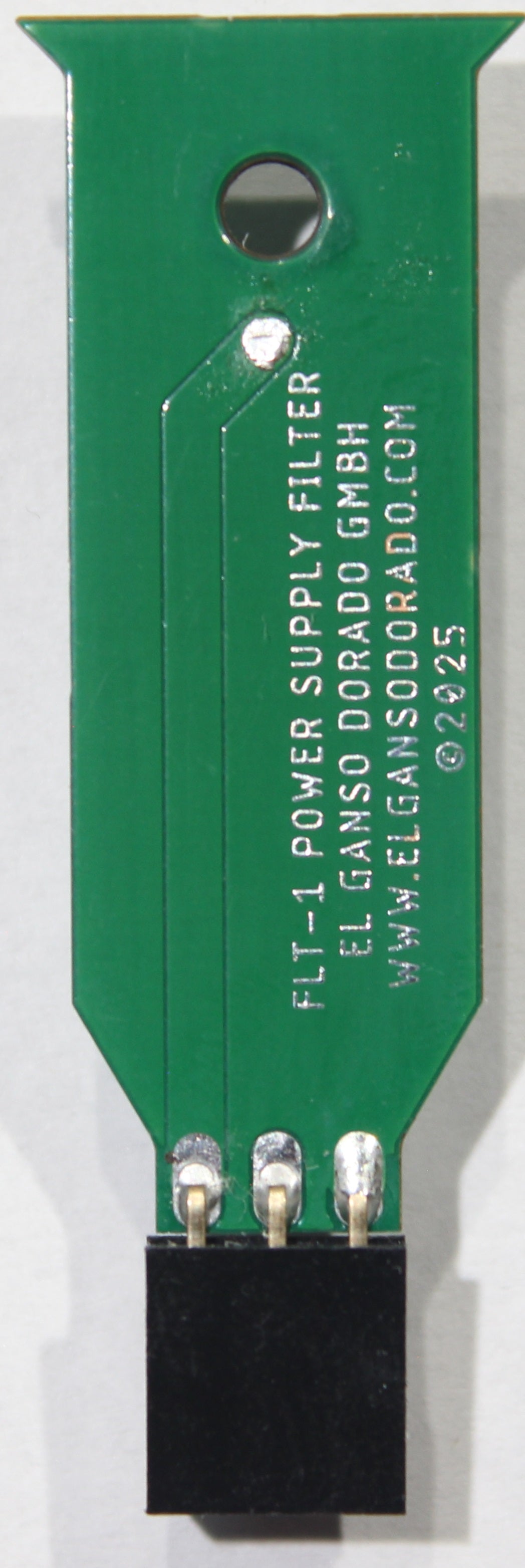FLT-1 Power Supply Filter
Clean your pull-up power rails with the FLT-1 LC filter module. This ultra-compact, plug-and-play board uses a high-Q, shielded 1 mH inductor to suppress switching noise on JTAG, UART, ISP and other pull-up lines—perfect for fault-injection rigs and instruction-level current profiling.
Plug FLT-1 into your FIT LC filter port or development board’s power supply rail in seconds—no soldering required. Experience cleaner power for your data interfaces, and more repeatable fault-injection results.
Key Features:
-
Delivers rock-solid logic thresholds on JTAG, UART, ISP and other pull-up lines
-
Suppresses switching noise above a few kilohertz for clearer shunt-based current traces on the MCU power rails.
-
Stable over an industrial temperature range (–40 °C to +125 °C)
-
Plug-and-play 3-pin header (IN, OUT, GND; 2.54 mm pitch)
Technical Specifications
| Parameter | Specification |
|---|---|
| Inductor | Shielded, 1 mH ±10 % |
| Quality Factor (Q) | ≥ 65 |
| Self-Resonant Frequency | 2 MHz |
| DC Current Rating | 320 mA (max operating & saturation) |
| DC Resistance (DCR) | 3.2 Ω |
| Operating Temperature | –40 °C … +125 °C |
| Board Interface | 3-pin header (IN / OUT / GND) |
Why You Need It:
-
Ensures Reliable Logic Levels: Stop supply-bounce from corrupting your JTAG, UART or ISP pins. FLT-1 holds pull-ups rock-steady every time.
-
Cleaner Current Traces: By knocking down kHz–MHz noise generated by your I/O, you get sharper, high-resolution shunt readings on the MCU rail. Perfect for spotting sub-µs instruction-level ripples.
-
Repeatable Fault-Injection Results: Consistent filtering means consistent trigger points. Remove one major variable from your attack chain and focus on drill-down analysis.
-
Zero-Hassle Integration: Just swap your IN/OUT jumper for this plug-and-play module. No soldering, no schematic rewiring—installs in seconds on any FIT board.
-
Industrial-Grade Robustness: Rated from –40 °C to +125 °C and up to 320 mA, FLT-1 is stable in a wide range of temperature while supporting more than enough current for most MCUs and small SoCs.




